A Somber Return: The Tragic Fate of Soyuz 11 Astronauts
Written on
On a frigid night in 1971, the Soviet Soyuz 11 spacecraft quietly descended onto the desolate surface of Earth after completing a landmark mission intended to return three courageous astronauts: Georgi, Viktor, and Vladislav.
However, when the rescue team, filled with hope, opened the hatch, an ominous atmosphere enveloped the scene.
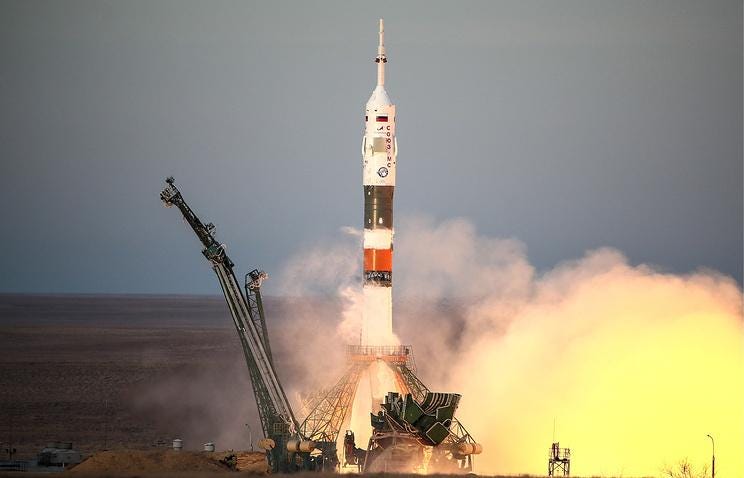
Inside the spacecraft, the astronauts were lifeless in their seats, leaving the world in shock. How did this vehicle of hope transform into a vessel of tragedy and enigma?
As June 6, 1971, approached, the Soyuz 11 launch pad bustled with activity. Personnel conducted final checks amid a palpable tension in the control room.
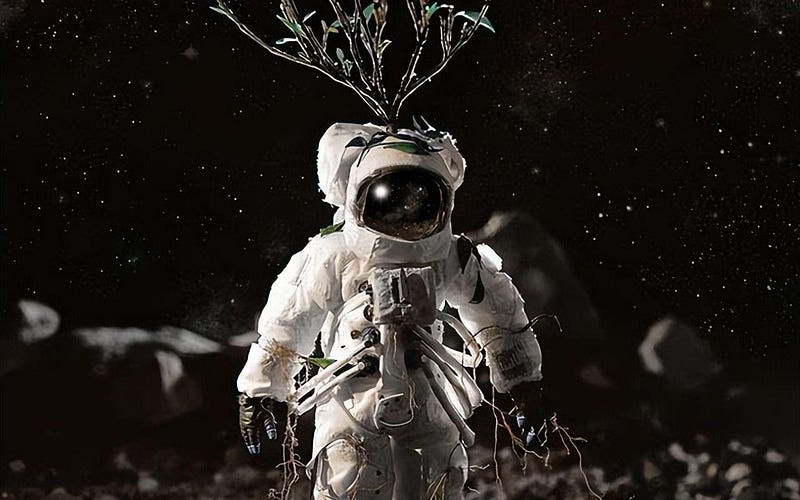
The originally assigned commander, Kubasov, had to withdraw due to a lung issue discovered during a health screening, presenting a significant challenge to Soviet space officials. In response, the Soviet space agency decided to replace the entire crew, hastily calling upon Georgi Dobrovolski, Viktor Patsayev, and Vladislav Volkov to embark on this critical mission.
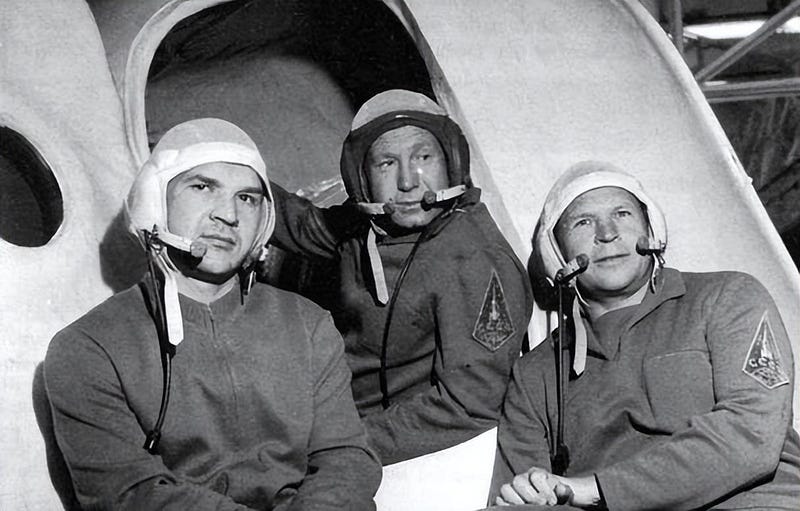
Though only Volkov had prior space experience, the trio understood the immense responsibilities ahead. On the eve of launch, they donned their bulky spacesuits and ascended to the launch tower, following a meticulous preparation routine that included health checks and boarding the spacecraft, with technicians assisting them through the process.
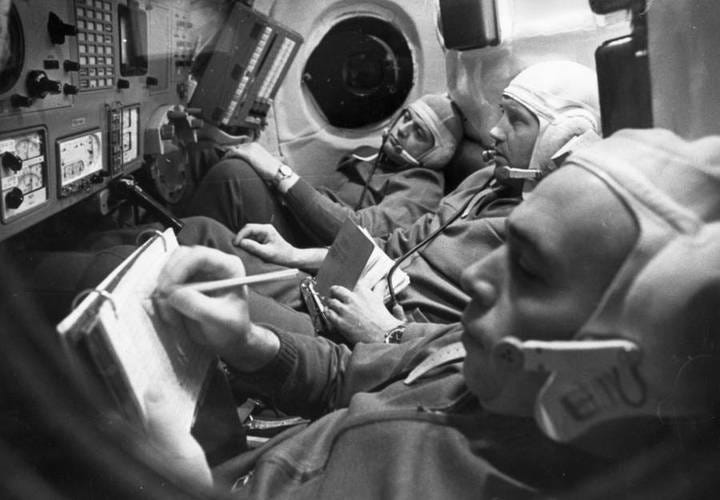
Upon entering the spacecraft, various data streamed across the control room screens, as engineers monitored everything closely, confirming all systems were functioning normally. Meanwhile, inside the cabin, the astronauts conducted final system checks to ensure readiness for launch.
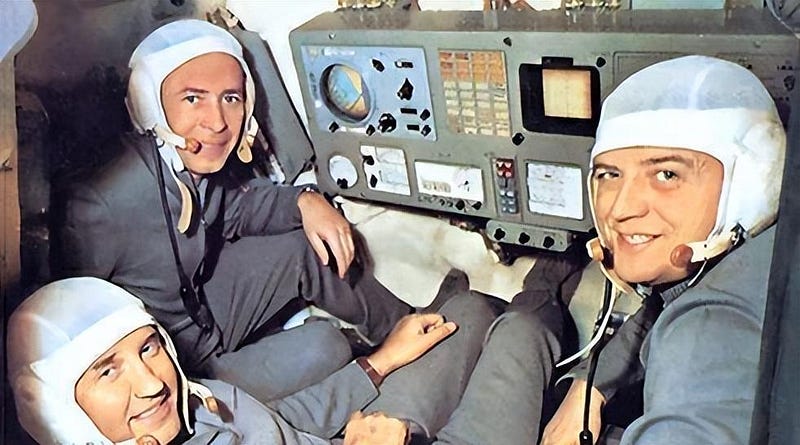
Minutes before launch, silence enveloped the control center, followed by the commencement of the countdown. The astronauts focused intently on their instruments, awaiting lift-off while the control staff remained on high alert.
“Ignition!” With that command, Soyuz 11 roared into action, its engines igniting and propelling the spacecraft into the vastness of space, amidst a cacophony of vibrations and noise.
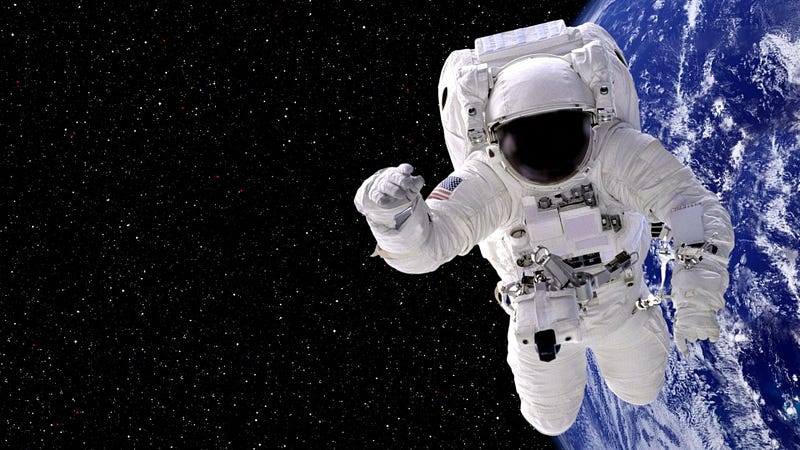
In the control center, engineers anxiously monitored each phase of the launch, ensuring that everything proceeded as planned. The spacecraft successfully broke free from Earth’s gravitational pull and entered its designated orbit.
On their first day aboard the space station, the astronauts confronted the challenges posed by their new environment. Adapting to microgravity, they struggled with the complex controls and equipment.
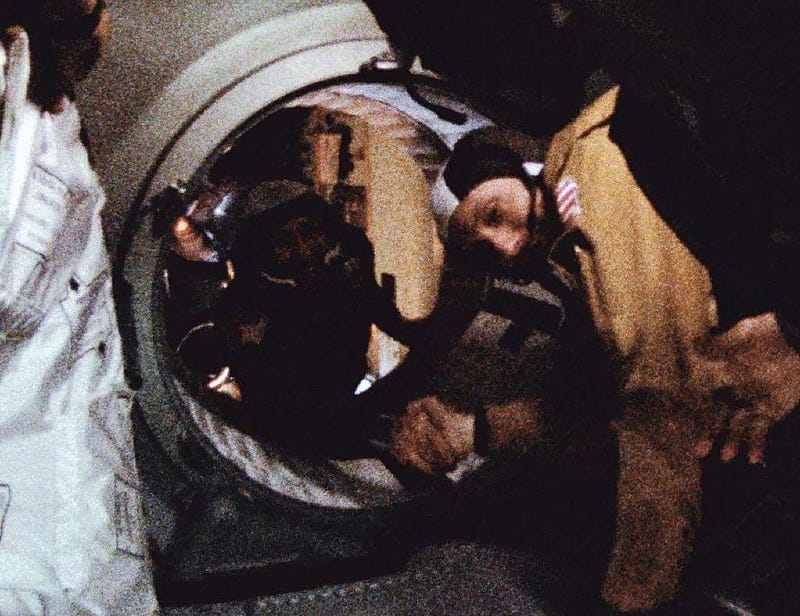
Viktor focused on adjusting communication equipment while Vladislav checked life support systems, ensuring air circulation and temperature were normal. Georgi, as commander, coordinated their efforts, leading to a smooth collaboration. By the second day, after various adjustments, the space station's systems began to function normally.
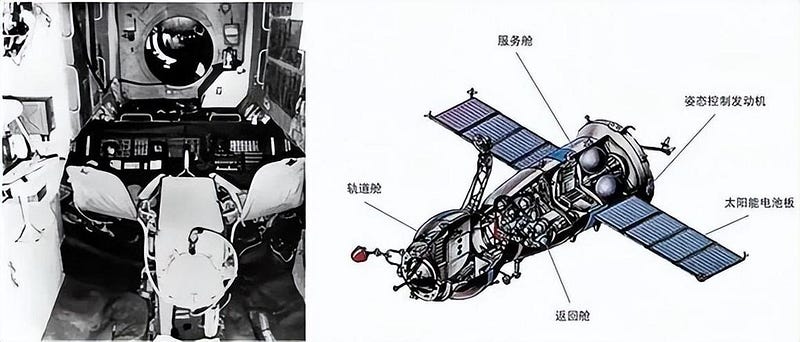
With tasks completed, the astronauts felt a momentary relief. Vladislav made contact with ground control via radio, reporting, “Ground control, this is Soyuz 11. We have successfully activated all systems, and the space station is now fully operational.” The response from ground control was encouraging, affirming their efforts.
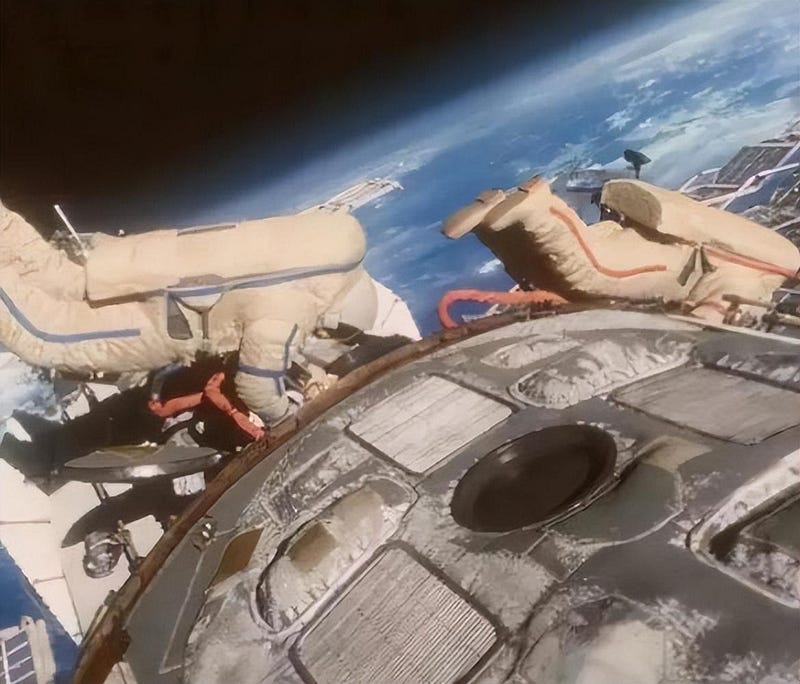
As they performed their routine tasks, Georgi and Viktor calibrated instruments for upcoming scientific experiments, while Vladislav conducted inspections to ensure everything functioned properly.
“Viktor, look at this data. It seems a bit high?” Georgi observed, frowning.
Viktor approached, scrutinizing the readings before making adjustments. “It looks fine now,” he replied.
The astronauts intensified their work pace, monitoring instruments, recording data, and performing maintenance while also ensuring they maintained their physical fitness through necessary exercises to adapt to the extended time in space.
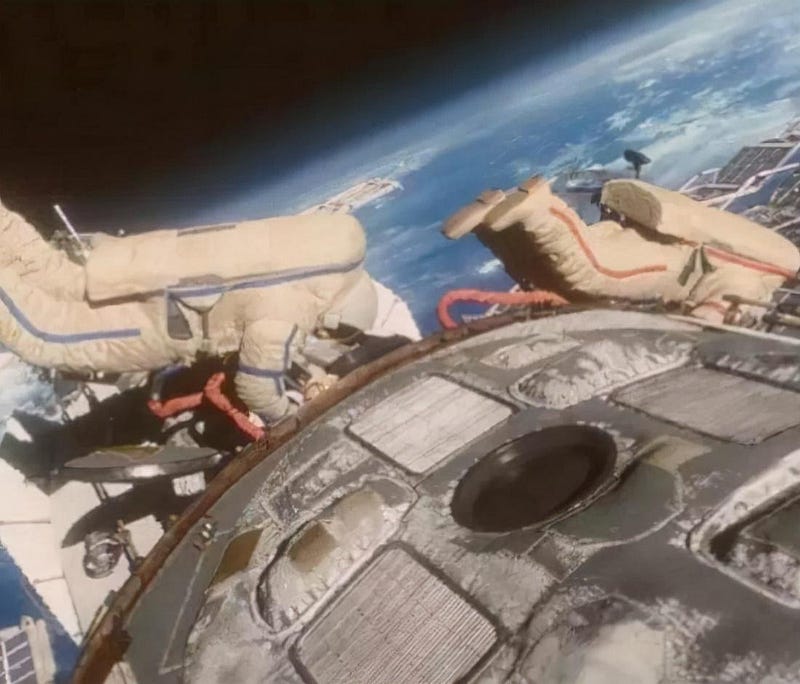
As night descended, they gathered at the observation window, captivated by the stunning starry expanse and the view of Earth. Despite their days in space, the sight continued to inspire awe.
“Look, that’s home,” Vladislav exclaimed, excitement evident in his voice.
In that fleeting moment of serenity, they felt a profound connection to both Earth and the cosmos, recognizing their role in a grand exploration that contributed to human knowledge.

As their mission advanced, the astronauts undertook increasingly complex scientific tasks, needing to gather crucial data for future explorations. Each step required meticulous care.
On June 16, while inside the sealed station, Volkov suddenly detected the smell of smoke and immediately alerted Georgi and Viktor.
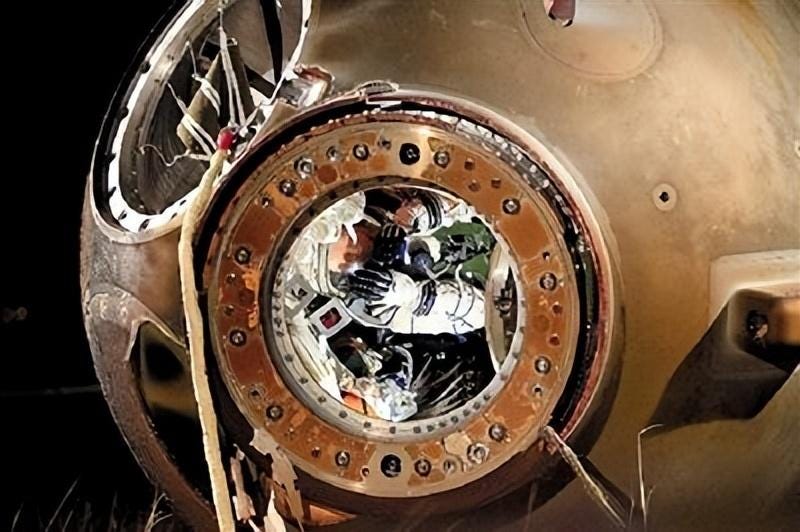
They promptly began a thorough inspection of the station to locate the source of the smoke, checking life support systems, power supplies, and every compartment.
Georgi communicated with ground control, “Ground control, this is Soyuz 11. We’ve detected a smell of smoke and are conducting a thorough check.”
“Soyuz 11, we understand. Stay calm; all systems indicate normal oxygen and pressure levels,” ground control replied reassuringly.
The astronauts continued their search, with Viktor examining cables and circuit boards, while Volkov carefully inspected the life support systems. Georgi patrolled the cabin for any anomalies.
After a detailed investigation, they found no clear source of the smoke.
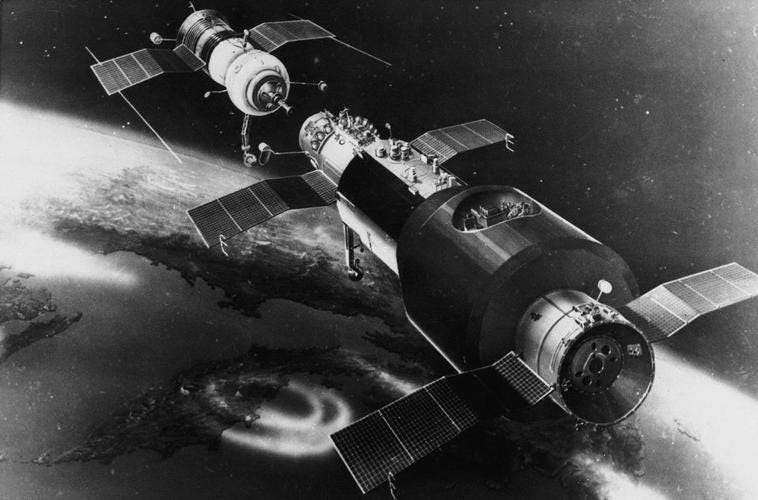
However, given the unique risks of space, they remained uneasy, suspecting a potential short circuit in the power system.
Georgi contacted ground control again, “Ground control, we haven’t found a fire source, but we suspect an issue with the power system. We recommend an immediate return to Earth.”
Ground control responded, “Soyuz 11, our data shows the power system operates normally. Please continue your mission and keep monitoring.”
Despite their concerns, the astronauts complied with ground control’s directives while heightening their monitoring of the power systems.
In the subsequent days, life aboard the space station returned to routine. The astronauts continued their scientific experiments and diligently monitored the cabin’s indicators.
Georgi frequently checked the power system readings for abnormalities, while Viktor kept an eye on life support systems, and Volkov conducted regular maintenance.
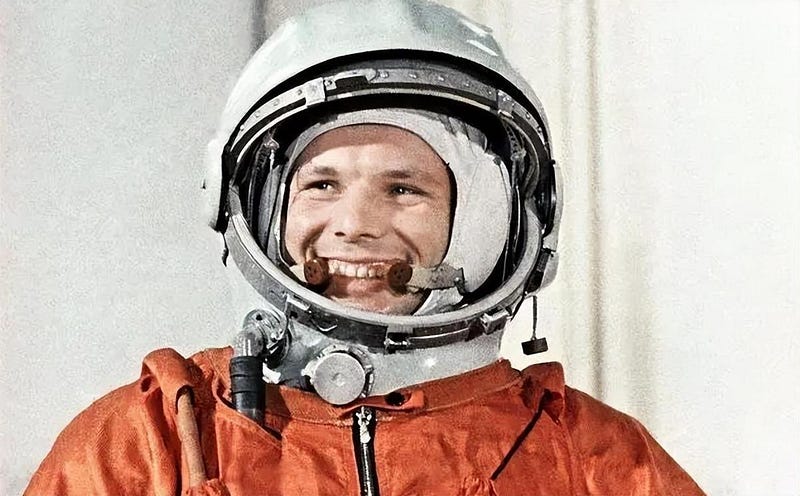
On June 29, after completing their tasks, the astronauts prepared for their return journey to Earth, packing personal belongings and verifying the readiness of communication and life support systems.
As they entered the return module of Soyuz 11, the astronauts conducted final system checks. Georgi took his place in the command seat while Viktor and Vladislav inspected various devices. After completing their preparations, Georgi made a final communication check with ground control.
“Ground control, this is Soyuz 11. We’re ready for return and about to detach from the space station,” he stated.
“Soyuz 11, message received. Wishing you a safe return,” ground control replied.
As the propulsion and orbital modules separated, Soyuz 11 initiated its return to Earth. At this critical juncture, the astronauts focused intently on the cabin’s data, only to suddenly realize that communications with ground control were lost.
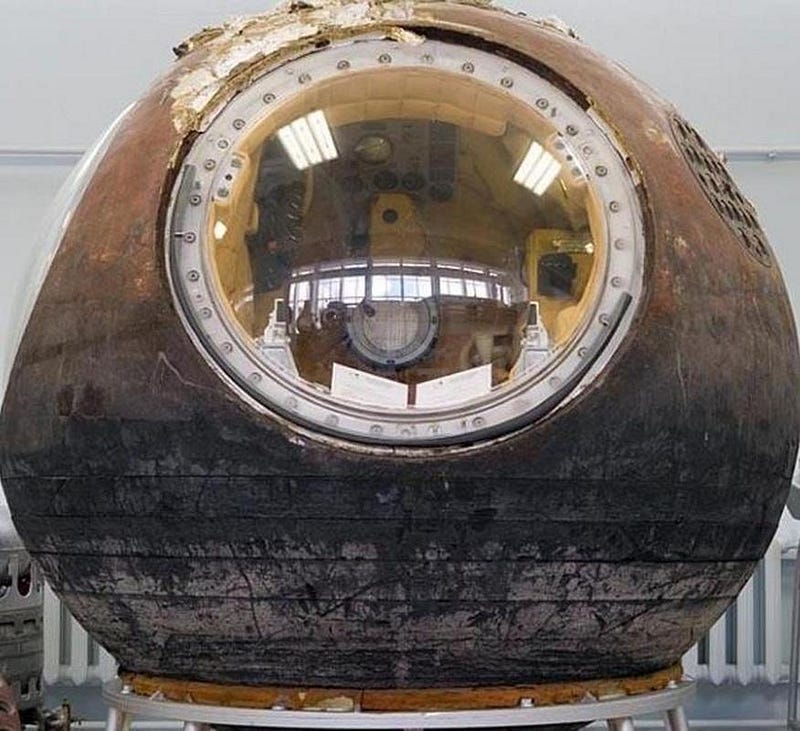
Georgi attempted to adjust the communication equipment, desperately trying to re-establish contact. “Ground control, this is Soyuz 11, can you hear me?” he called repeatedly but received no reply.
Viktor and Vladislav also tried the backup communication systems, yet they could not regain contact.
With their connection severed, they could only rely on the spacecraft's automated systems and their training to guide them through the return process. Remaining calm, they adhered to their training protocols.
At 11:02 PM, as Soyuz 11 re-entered Earth's atmosphere, the parachutes deployed, initiating a slow descent. Externally, only the tracking signal monitored the spacecraft's trajectory, leaving the conditions inside the cabin unknown.
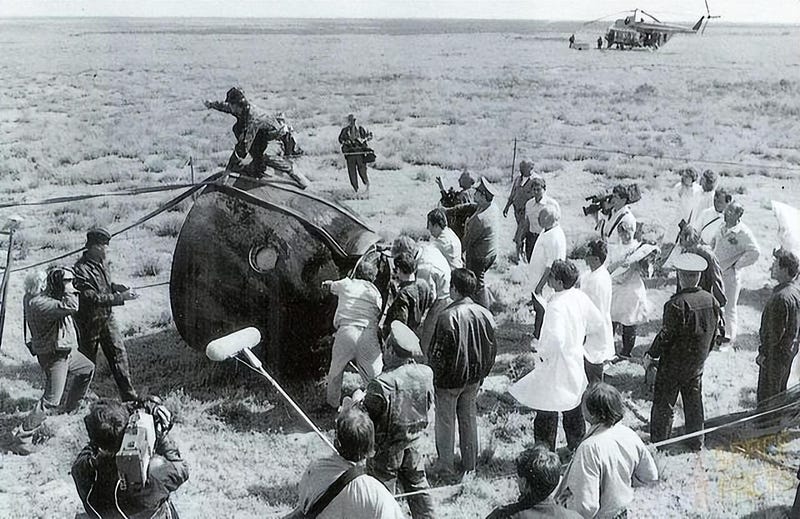
Sixteen minutes later, Soyuz 11 safely landed in the designated area. Ground rescue teams quickly mobilized to the landing site. When they arrived, the night-shrouded spacecraft lay eerily silent on the open plain.
Rescue personnel approached the return module and used specialized equipment to open the hatch. As it creaked open, they were met with a shocking sight: the three astronauts—Georgi, Viktor, and Vladislav—were lifeless in their seats, still positioned as they had been during re-entry.
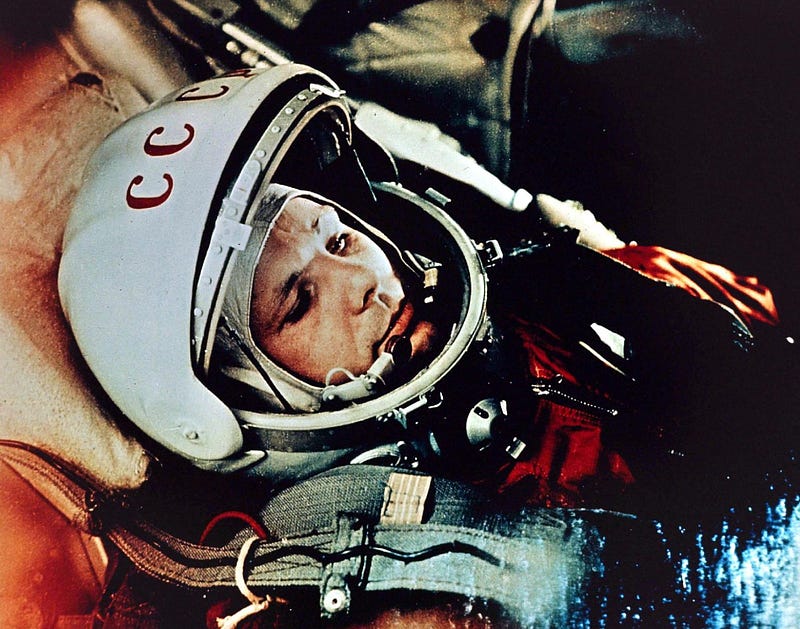
Rescue teams rushed inside to check for vital signs, but tragically, all three astronauts were unresponsive. On that silent night, having completed their momentous mission, they succumbed on the return to Earth.
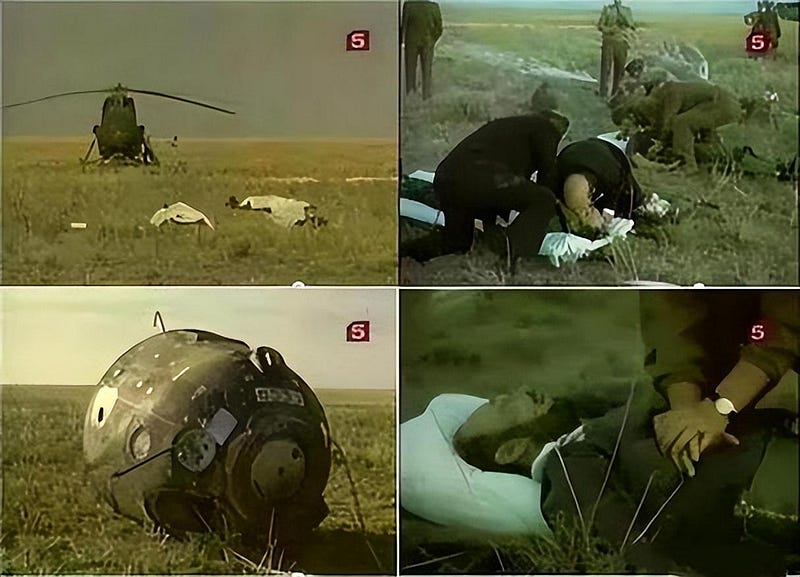
In the aftermath of the Soyuz 11 tragedy, Soviet authorities swiftly organized a grand funeral for the astronauts. In Moscow's Red Square Cemetery, a solemn ceremony unfolded in respectful silence.
The atmosphere in Red Square was heavy with sorrow as countless citizens and officials gathered to honor these fallen heroes.
During the funeral, the astronauts' bodies were placed in beautifully adorned coffins draped with the Soviet flag, symbolizing their sacrifices for the nation and the exploration of space.
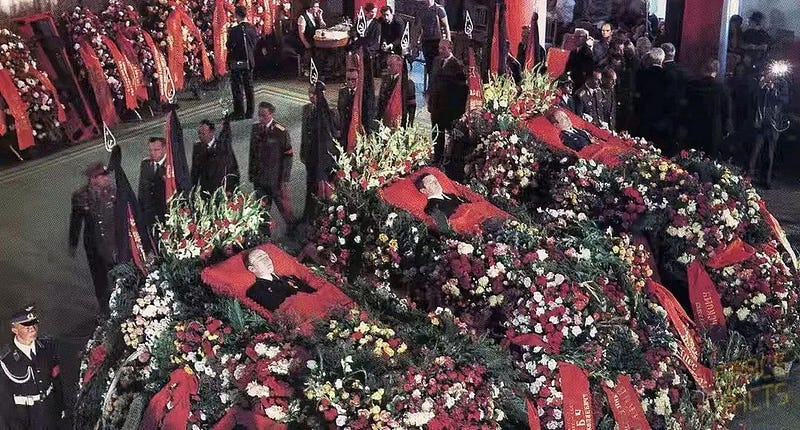
Honor guards marched past, saluting the coffins while a formation of fighter jets flew overhead, paying their respects to these space pioneers. High-ranking officials, space experts, and the astronauts' families attended the service.
An official spokesperson praised the bravery and contributions of Georgi, Viktor, and Vladislav, expressing deep regret over their untimely deaths.
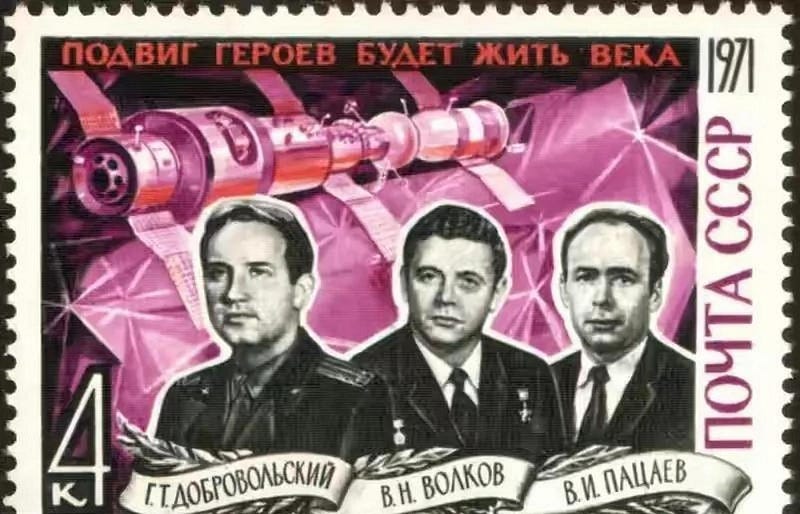
Amidst the somber gathering, family members and friends of the astronauts listened intently to the speeches, casting sorrowful glances at the coffins.
As the ceremony continued, a military band played slow, solemn music, enhancing the mournful atmosphere. Attendees placed flowers upon the coffins, a gesture of respect and mourning for the heroes. At the conclusion of the ceremony, the coffins were carefully transported to their final resting place in Red Square Cemetery.
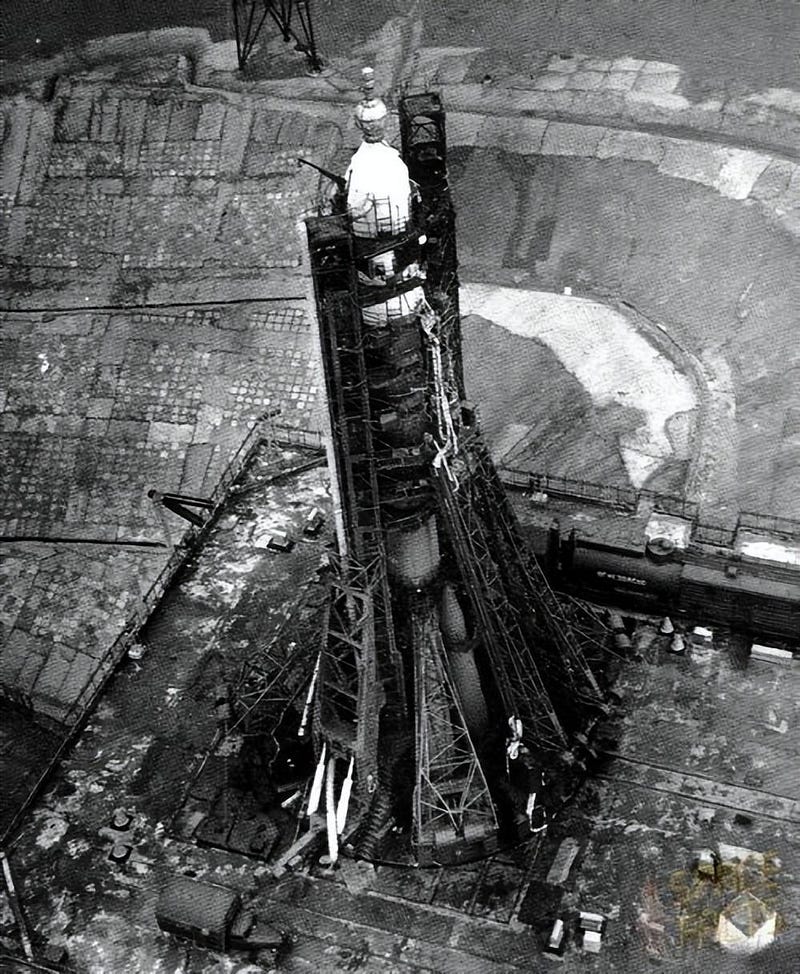
During the burial, each coffin was gently lowered into the grave. As the first shovelful of earth fell upon them, a profound silence descended over the gathering, each person reflecting on the gravity of the moment.
As the last shovelful covered the graves, the stories of these three heroes reached their conclusion on this hallowed ground. Following the funeral, the Soviet government launched a detailed investigation into the Soyuz 11 tragedy.
The inquiry revealed that during re-entry, the twelve explosive bolts meant to detach sequentially had exploded all at once, leading to catastrophic consequences.
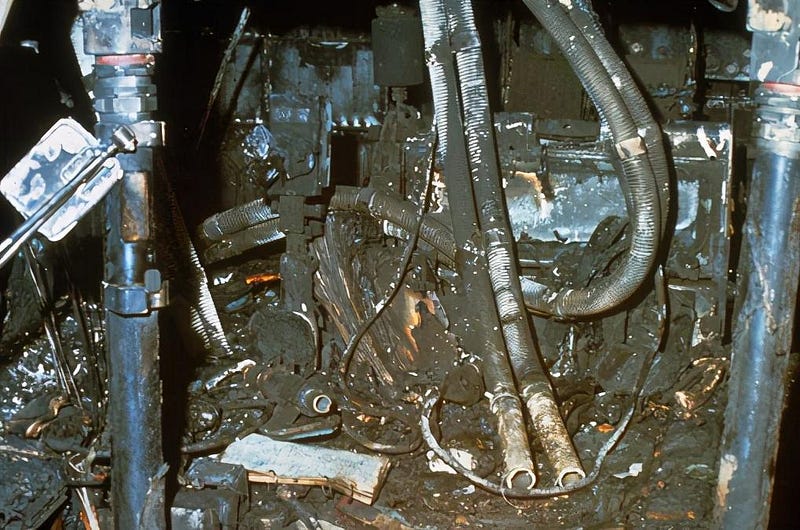
This malfunction caused the cabin’s pressure balance valve to activate prematurely at high altitudes rather than at the intended 5000 meters. The resulting pressure differential caused a rapid loss of cabin pressure, creating a near-vacuum environment.
Under these extreme conditions, the astronauts faced life-threatening physiological challenges. The air in the cabin rapidly evacuated, exposing them to a vacuum.
The investigation reported that within moments of the pressure drop, the water in the astronauts' bodies began to